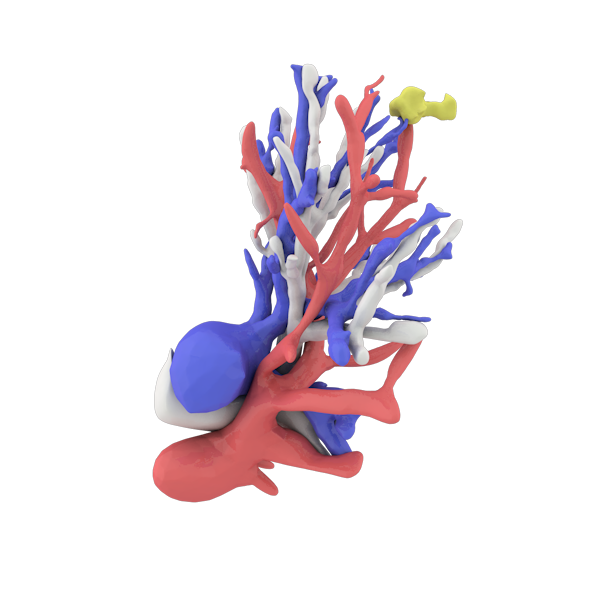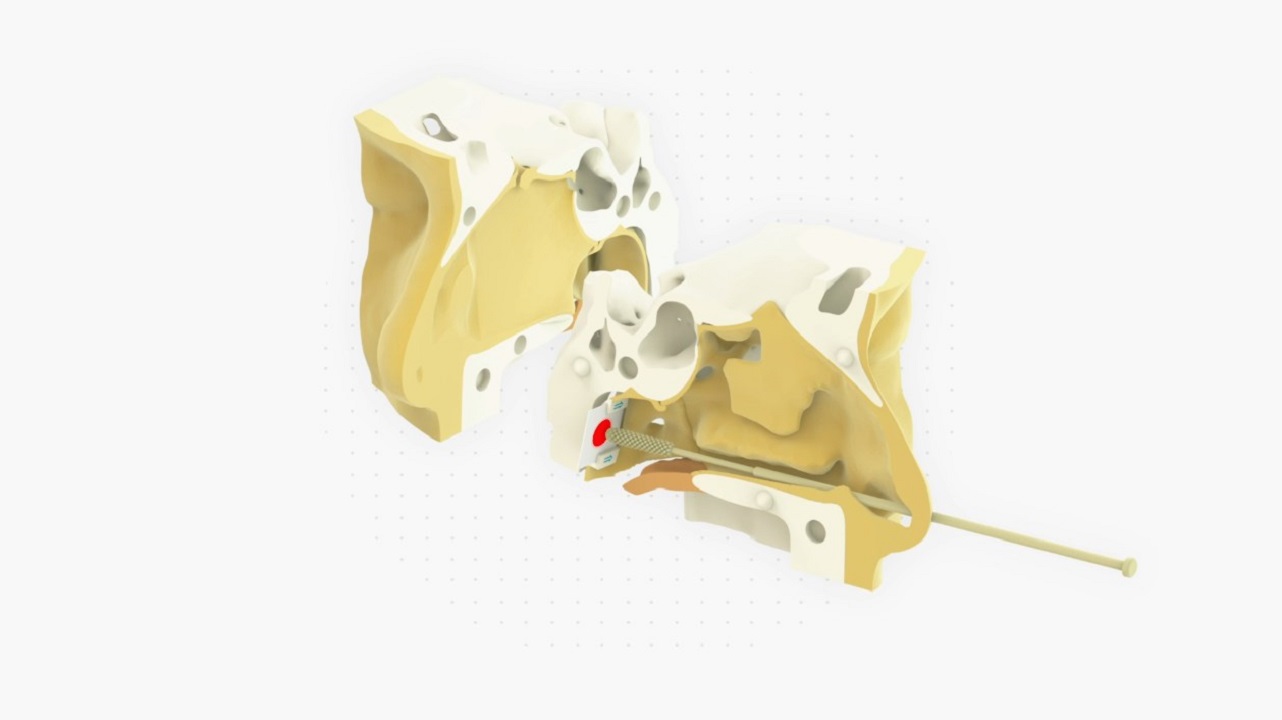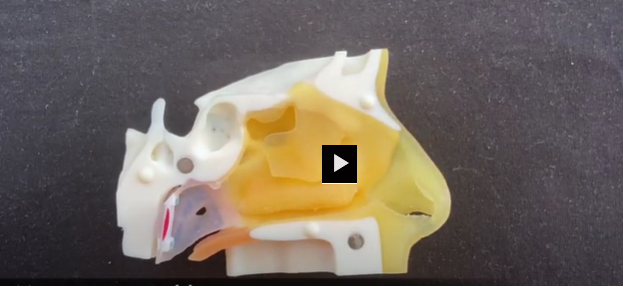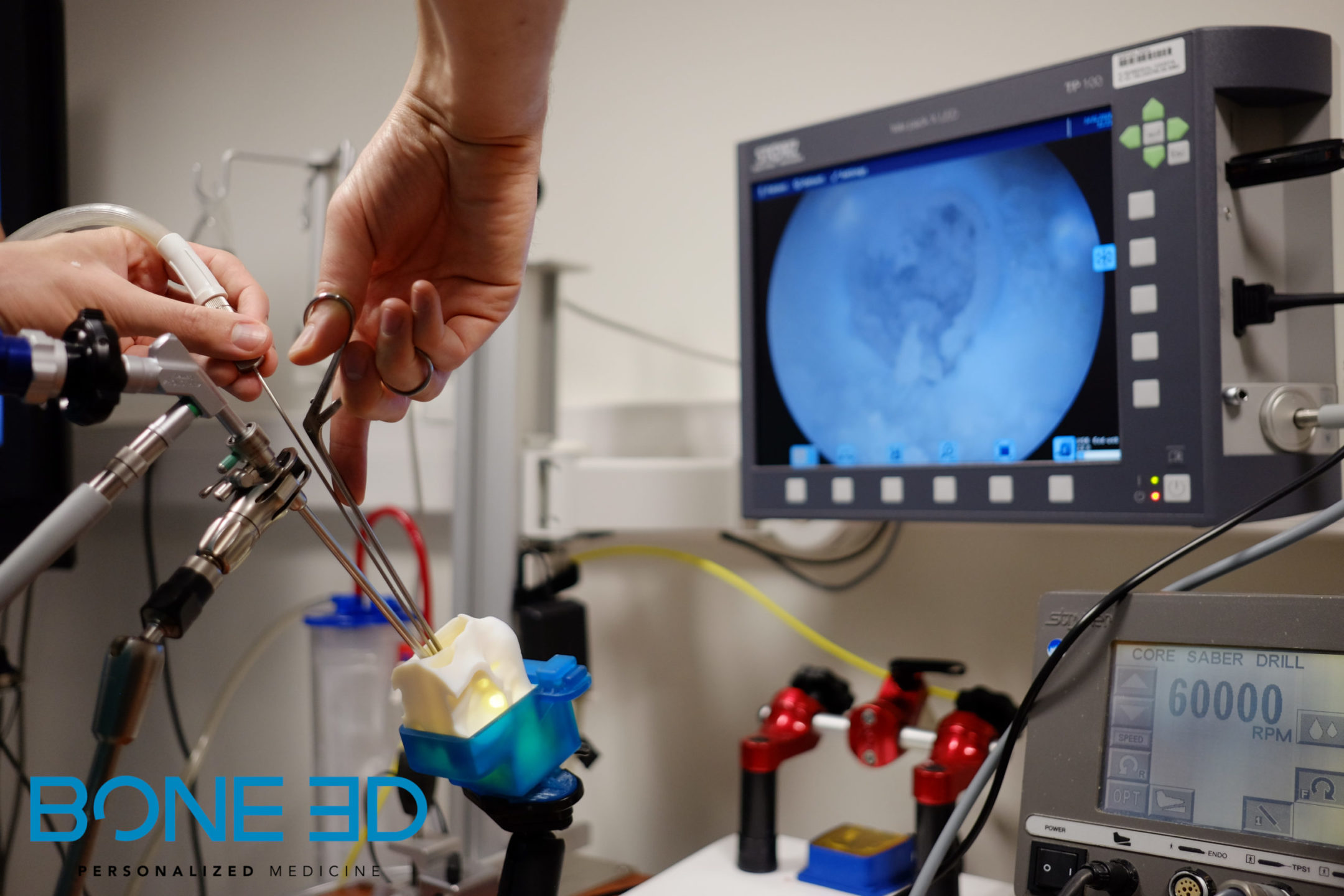NASO-Train, 3D printed simulators for nasal cavitie training
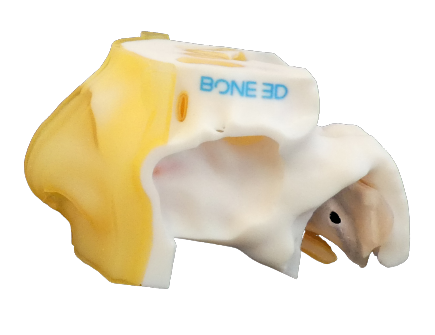
A full range to train you in various acts
Our range of NASO-Train simulators has been developed in close collaboration with practitioners, based on the anatomical landmarks used in practice access to the nasal route.
We currently offer two types of standard templates (you also have the option of requesting custom templates from your specifications or patient data):
- A simulator to practice nose and throat swabbing, developed in partnership with the university hospitals of Paris
Rhinopharyngeal (or nasopharyngeal) swabbing, if done improperly, can result in microinjuries and lead to falsified test results. This is why training in this medical procedure is essential.
“Testing for COVID-19 is a cornerstone of pandemic control. If conducted inappropriately, nasopharyngeal swab collection can be painful and preanalytical sample collection errors may lead to false negative results. Our objective was to develop a realistic and easily available synthetic simulator for nasopharyngeal swab collection.”1
- A simulator to train for endonasal trans-sphenoidal endoscopic surgery and pituitary adenoma resection.
This surgery in a narrow area requires the acquisition of a very precise gesture. As this type of pathology remains rare, this simulator becomes a necessary tool for the training of specialist learners.
NASO-Train for nasopharyngeal swab training
Composition of the simulator
3D printing multi-material enables the reproduction of complex regions of the body while respecting its mechanical and anatomical properties. You will thus find the following:
- Nasal cavities (including cones)
- Nasopharynx
- Soft palace
- Facial skin
- Mucous membranes
We propose a model for nasopharyngeal swabbing representing the essential elements to learn the gesture. You will be able to practice the insertion of a swab for nasopharyngeal swabbing.
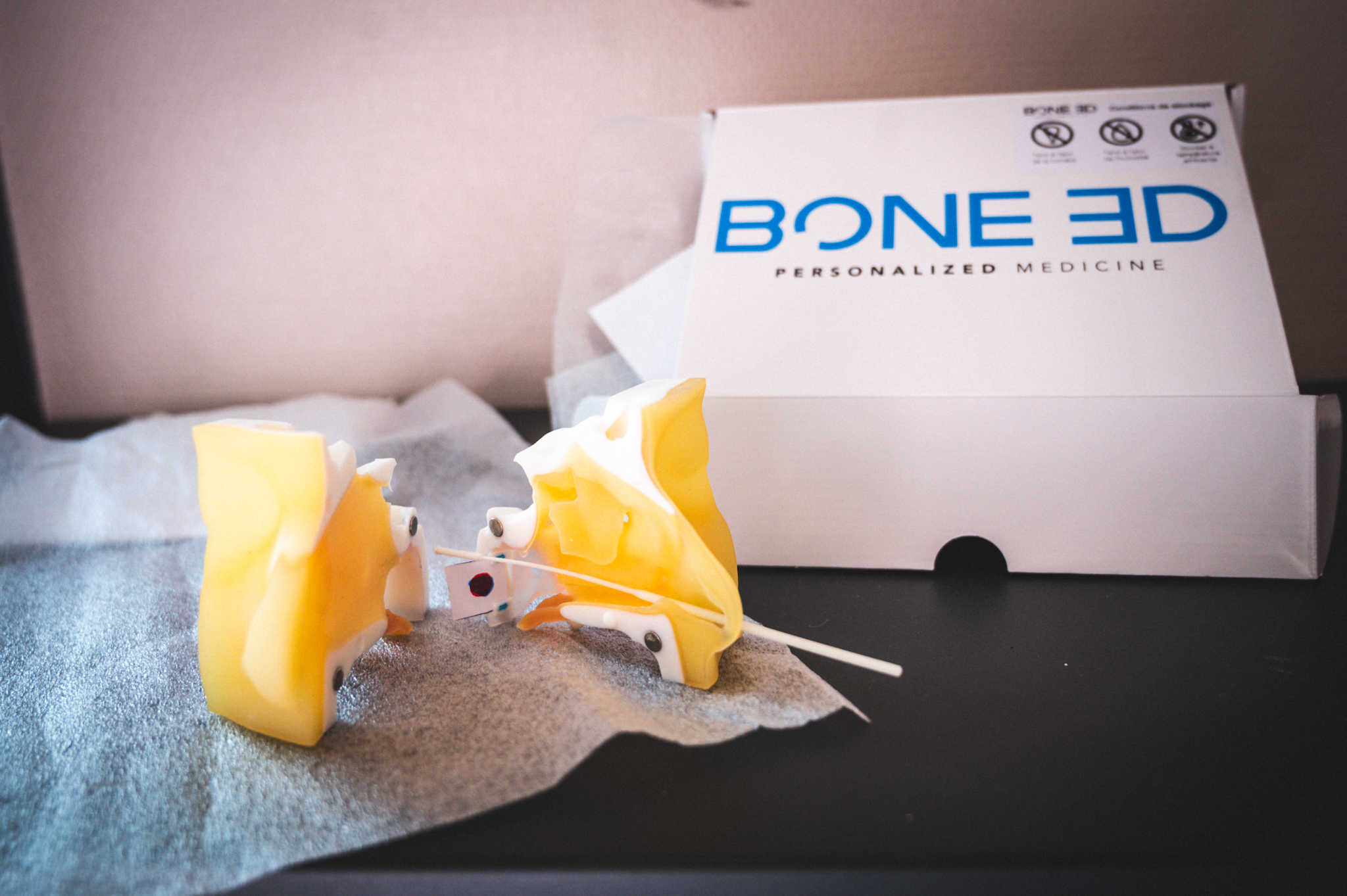
NASO-Train for transsphenoidal surgery training
Composition of the simulator
For the Transsphenoidal Surgery simulator, NASO-Train consists of a cartridge that fits into a reusable simulation environment.
We offer three single-use cartridges associated with the holder for this endoscopic endonasal surgery simulator:
- Micro-adenoma: the adenoma is located within the pituitary gland.
- Macro-adenoma: the adenoma is located above and within the pituitary gland.
- Craniopharyngioma
Each title block consists of the following anatomical elements:
- Internal carotids
- Optic nerve
- Pituitary gland
- Pituitary adenoma
- Bone (Nasal cavity with septum and turbinates – Sphenoidal sinus)
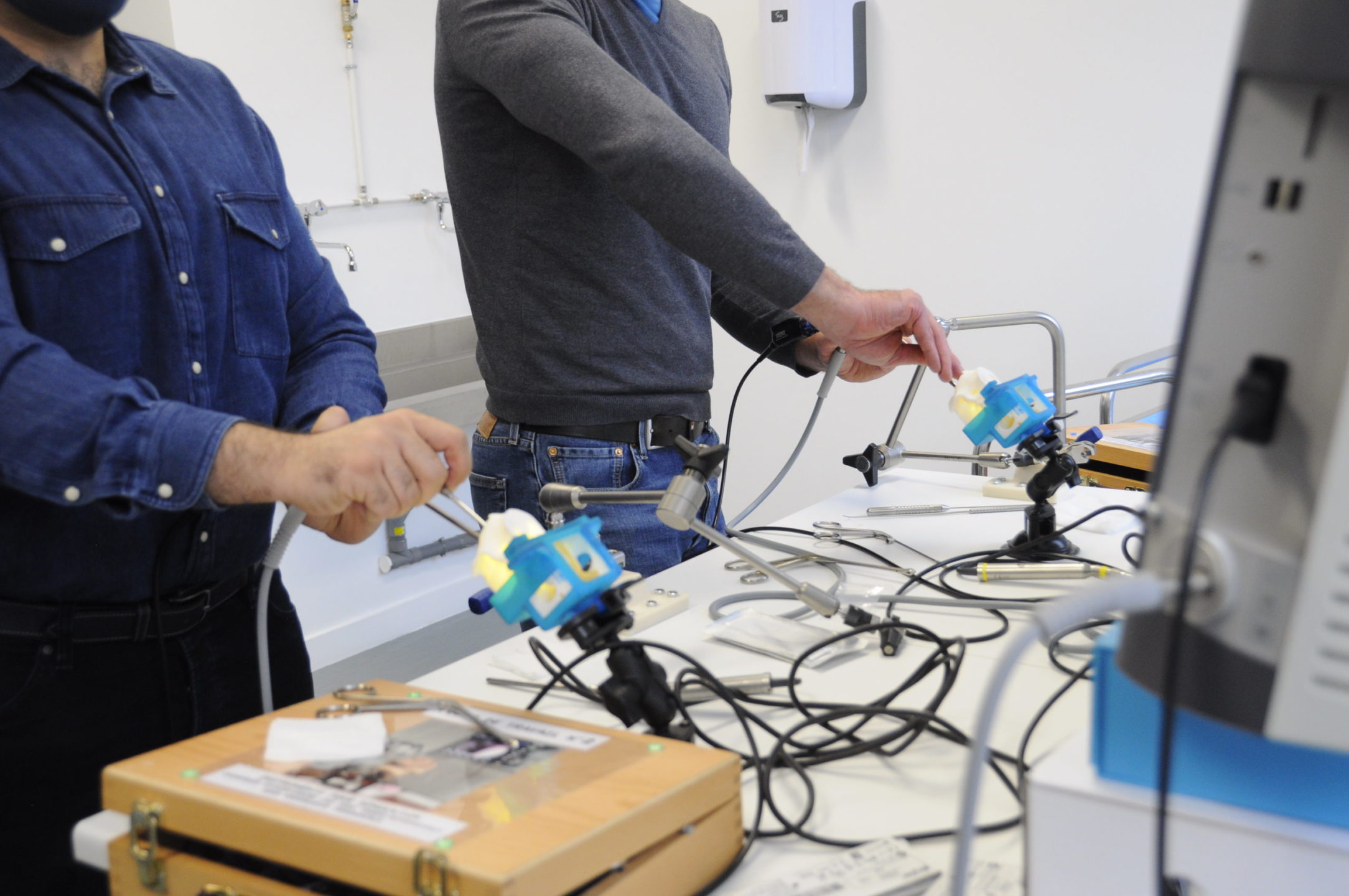
List of procedures that can be performed with NASO-Train for transsphenoidal surgery:
Technical specifics of 3D surgery simulators
a complete and realistic range of simulators
Visualize internal and external anatomical structures
For a complete simulation
Practice a complex gesture
For better risk management
Practice on multi-material simulators
For close to real-world rendering.
Reuse your simulator as much as needed
For unlimited training.
For unlimited training.
You can use your simulator as often as you need to.
Start with an all-inclusive kit.
Your nasopharyngeal model comes with 2 swabs.
1Sananès N, Lodi M, Koch A, Lecointre L, Sananès A, Lefebvre N, Debry C. 3D-printed simulator for nasopharyngeal swab collection for COVID-19. Eur Arch Otorhinolaryngol. 2021 Jul;278(7):2649-2651. doi: 10.1007/s00405-020-06454-1. Epub 2020 Nov 6. PMID: 33156390; PMCID: PMC7645909.
Discover our range of surgical simulators for different specialties.
Photo, video, & article resources
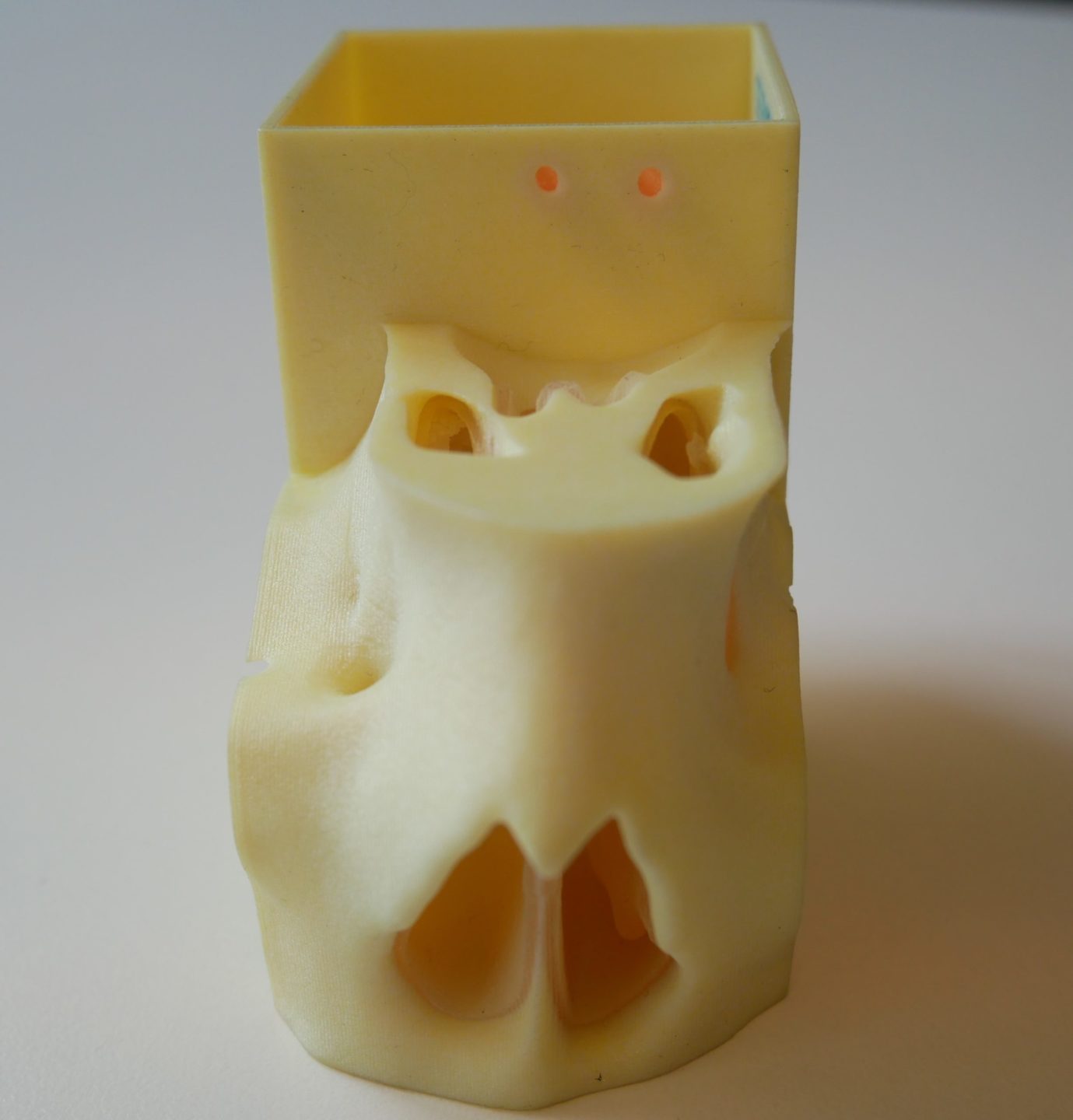
Downloadable documents
Frequently asked questions
Yes, we have two production platforms equipped with state-of-the-art 3D printers: one in Biopark (Paris XIII) and one in Wolfisheim (suburb of Strasbourg).
Send us a request for a quote and we will provide you with a customized offer, completely adapted to your need 🙂
3D printed procedural simulators give the possibility to do multi-exercises on the same model, in order to reduce the cost per procedure performed.
Using a simulator remains a simple and ethical alternative to animal and cadaver.
In the context of simulators, the design is based on patient medical imaging and also on surgical sensations (qualitative and quantitative evaluation).
The design is based on the analysis of the act that will be performed on the model: each act is validated by an expert (a mandible dedicated to implantology for example will not have the same material as a model dedicated to bone grafting).
It is possible to do assembly, but tests during a feasibility study are still necessary. Additional design work will be required.
